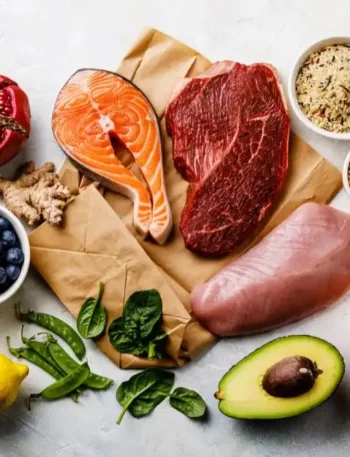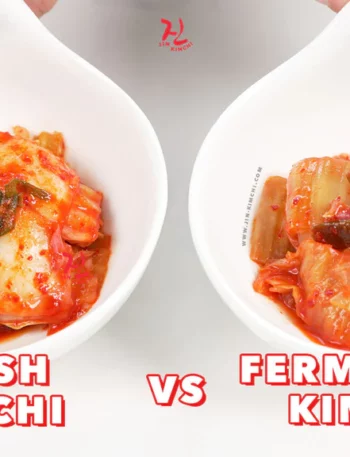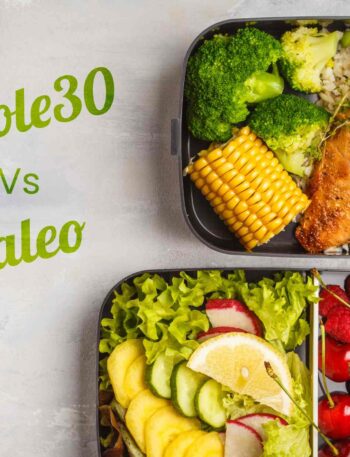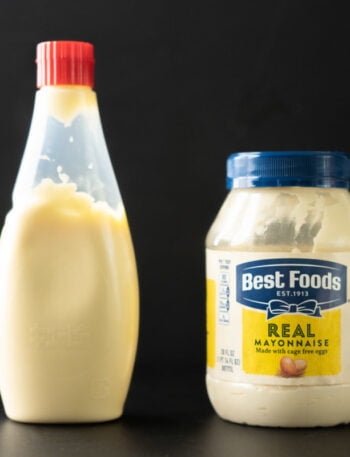
When you pick up a shiny apple or a ripe banana at the grocery store, have you ever noticed the small sticker attached to it? While often overlooked, these stickers hold valuable information about your produce.
From how it was grown to its journey from farm to store, produce stickers can help you make more informed choices about the food you eat.
What Are Produce Stickers?
Produce stickers, or PLU (Price Look-Up) codes, are more than just a pricing tool for cashiers. These stickers provide insights into:
- Farming practices.
- Whether the item is organic or genetically modified.
- The country of origin in some cases.
Fun Fact: PLU codes were introduced in 1990 by the International Federation for Produce Standards to streamline checkout processes and inventory management.
Understanding PLU Codes
1. Conventionally Grown Produce
- Code Format: 4 digits (e.g., 4011 for bananas).
- What It Means: Indicates produce grown using standard farming practices, including the use of synthetic fertilizers and pesticides.
Example:
If you see a sticker with the code “4011,” it’s a conventionally grown Cavendish banana.
2. Organic Produce
- Code Format: 5 digits starting with ‘9’ (e.g., 94011 for organic bananas).
- What It Means: Denotes items grown without synthetic chemicals, pesticides, or genetically modified organisms (GMOs).
Why Choose Organic?
- Organic farming practices are better for the environment.
- Studies suggest organic produce may have higher antioxidant levels (source).
3. Genetically Modified Produce (GMO)
- Code Format: 5 digits starting with ‘8’ (e.g., 84011 for GMO bananas).
- What It Means: Indicates genetically modified produce.
Controversy Around GMOs:
- While GMOs improve crop yields and resistance to pests, they spark debates about long-term health impacts and biodiversity concerns.
- A study concluded GMOs are safe for human consumption but stressed the need for transparency (source).
Myths and Misconceptions About Produce Stickers
- Do They Indicate Freshness?
- Produce stickers don’t guarantee freshness; they only reveal information about how the food was grown or sourced.
- Freshness depends on factors like harvest timing, storage, and transportation.
2. Are Stickers Edible?
- While produce stickers are FDA-approved and use food-grade adhesive, they are not meant to be consumed.
- Always remove stickers before eating and wash your produce thoroughly.
Tips for Choosing the Freshest Produce

Pro Tip: Familiarize yourself with common PLU codes for your favorite fruits and vegetables to make smarter choices.
The Future of Produce Labeling
The produce sticker might soon get a high-tech upgrade. Innovations like digital tagging and QR codes are being explored to provide consumers with:
- Traceability: Detailed information about the farm, harvest date, and supply chain.
- Sustainability Metrics: Insights into the environmental impact of the produce.
Example:
Companies like IBM are using blockchain to create transparent food supply chains (source).
Key Takeaways

Produce stickers may be small, but they carry big implications for your health, budget, and the environment. By understanding what these codes mean, you can make better choices, whether you’re shopping for organic greens or exploring the debate around GMOs.
The next time you’re at the grocery store, take a moment to decode the stickers on your fruits and veggies. It’s a simple step toward eating fresher, healthier, and more sustainable food.









